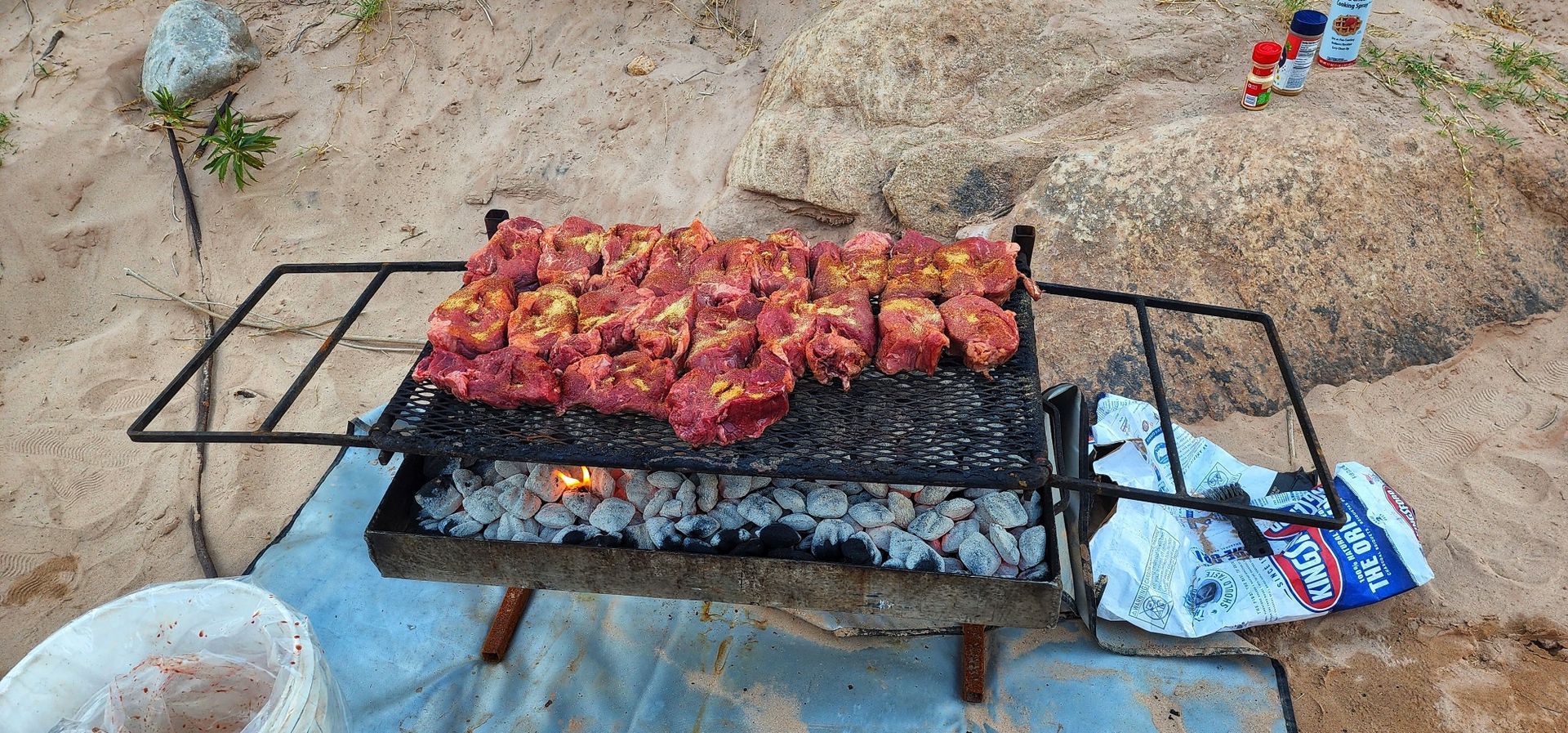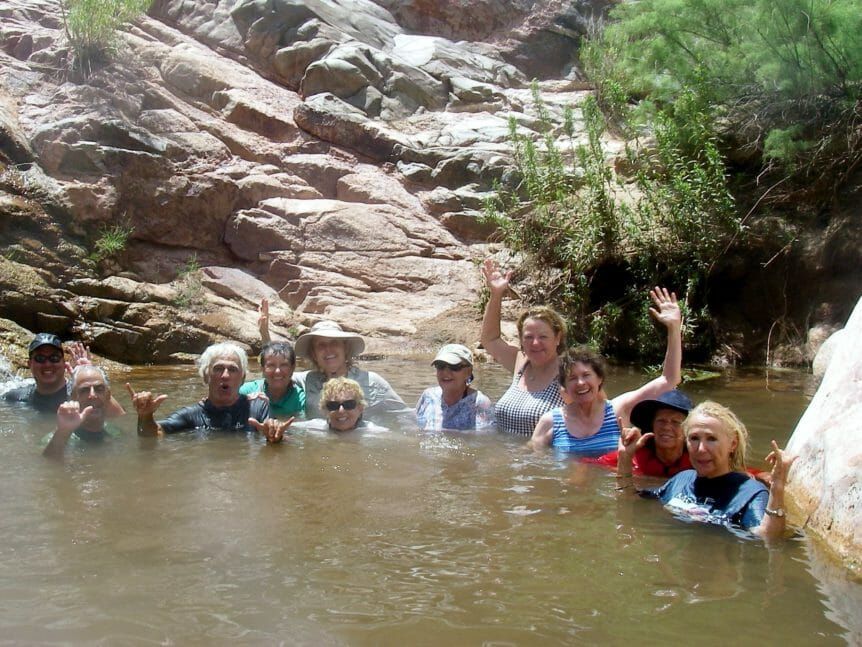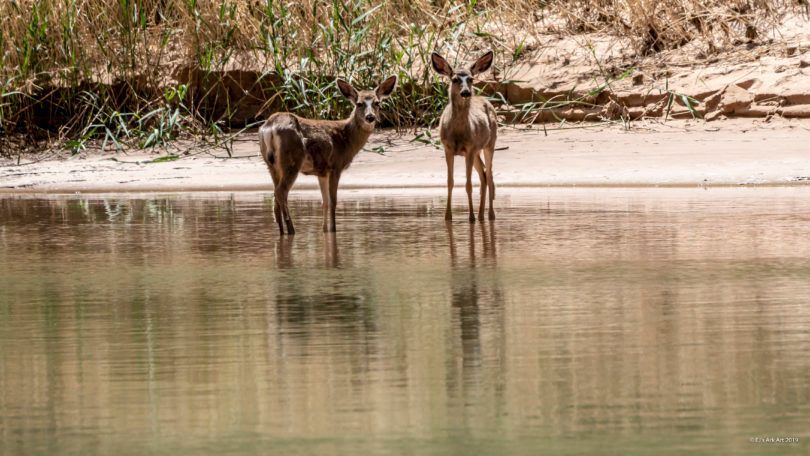Bighorn Sheep – GCE Animal Series
The GCE Animal Series Presents
The Bighorn Sheep
Ovis canadensis
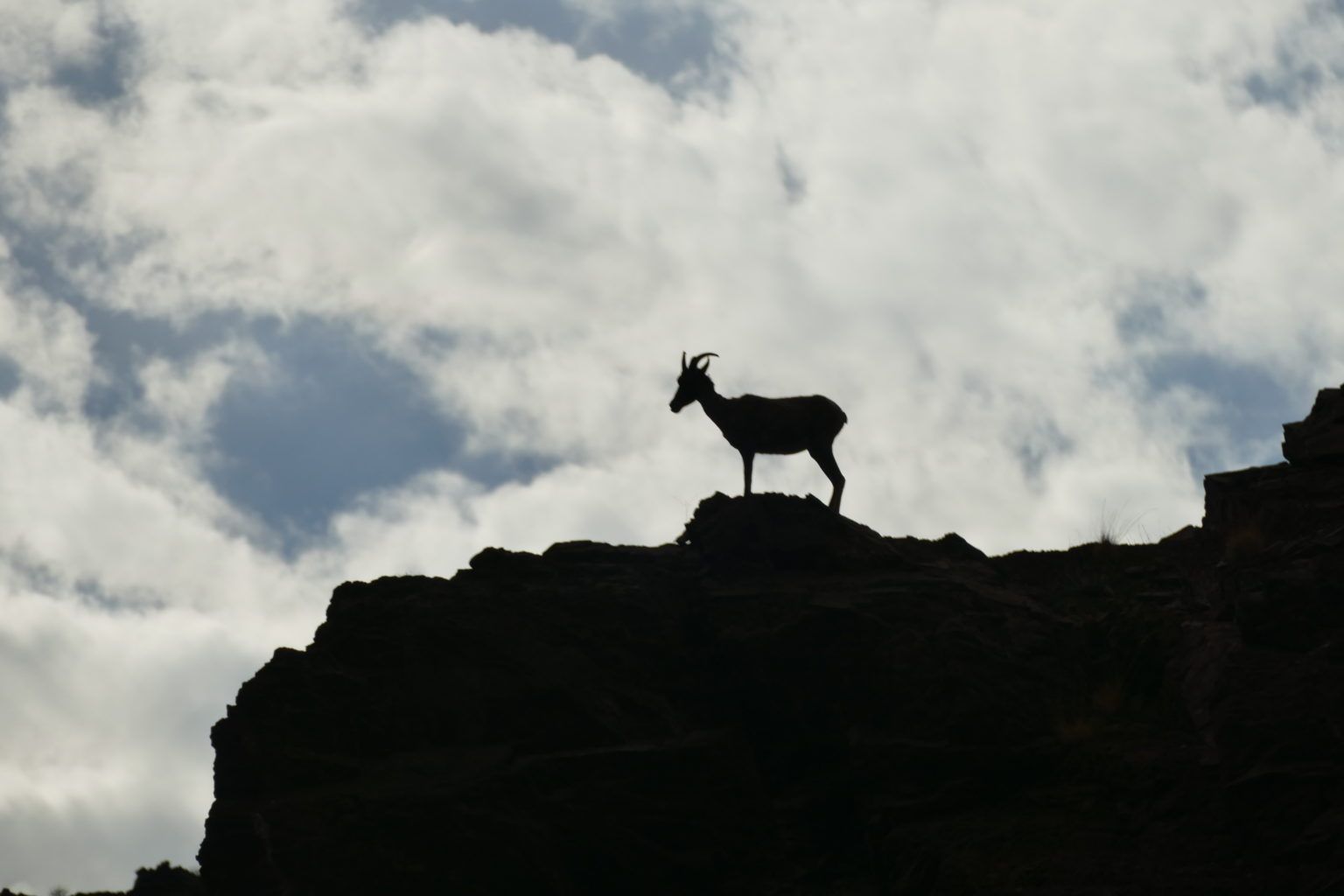
On a Grand Canyon Expeditions river trip, you are quite likely to see various fauna that call the Grand Canyon home. One of the animals that you may see is GCE’s logo-sake, the Bighorn sheep.
According to the National Park Service, historically the population of the bighorn sheep has been low. However, thanks to conservation groups like GCROA, the population has managed to be stabilized.
Conservation groups like GCROA are “dedicated to protecting and conserving the natural, cultural, historic and recreational resources of the Grand Canyon.” -GCROA Website
You can help defend these majestic creatures! Grand Canyon Expeditions features an additional $1 per day on your reservation, to donate to the Grand Canyon Conservation Fund.
Read on to learn more about these amazing sheep!
Identification
- Weight: 115-280 pounds (males can reach up to 350 pounds!)
- Size: 50-62″ long, with a shoulder height of 32-40″
Compact and muscular body (Easier to climb up and down canyon walls!) - narrow and pointed nuzzle
- Males have horns of up to 33″ with a full curl
- Ewes do have horns, but they are smaller and never exceed a half curl
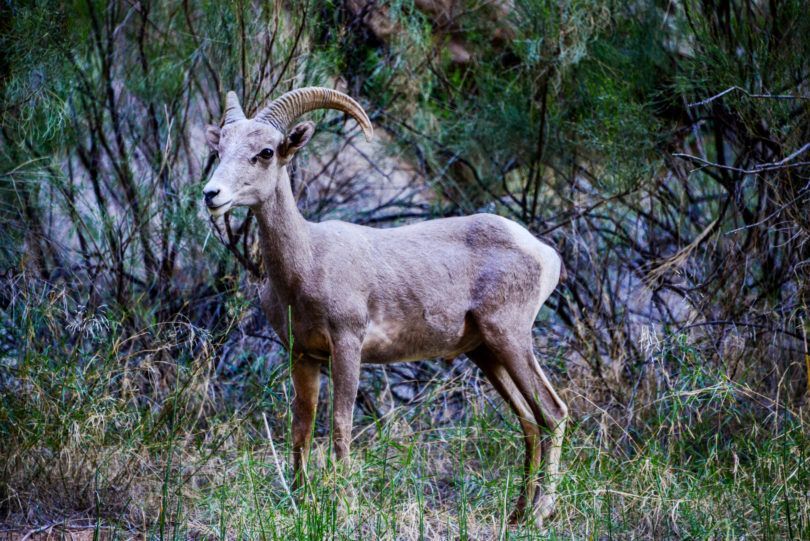
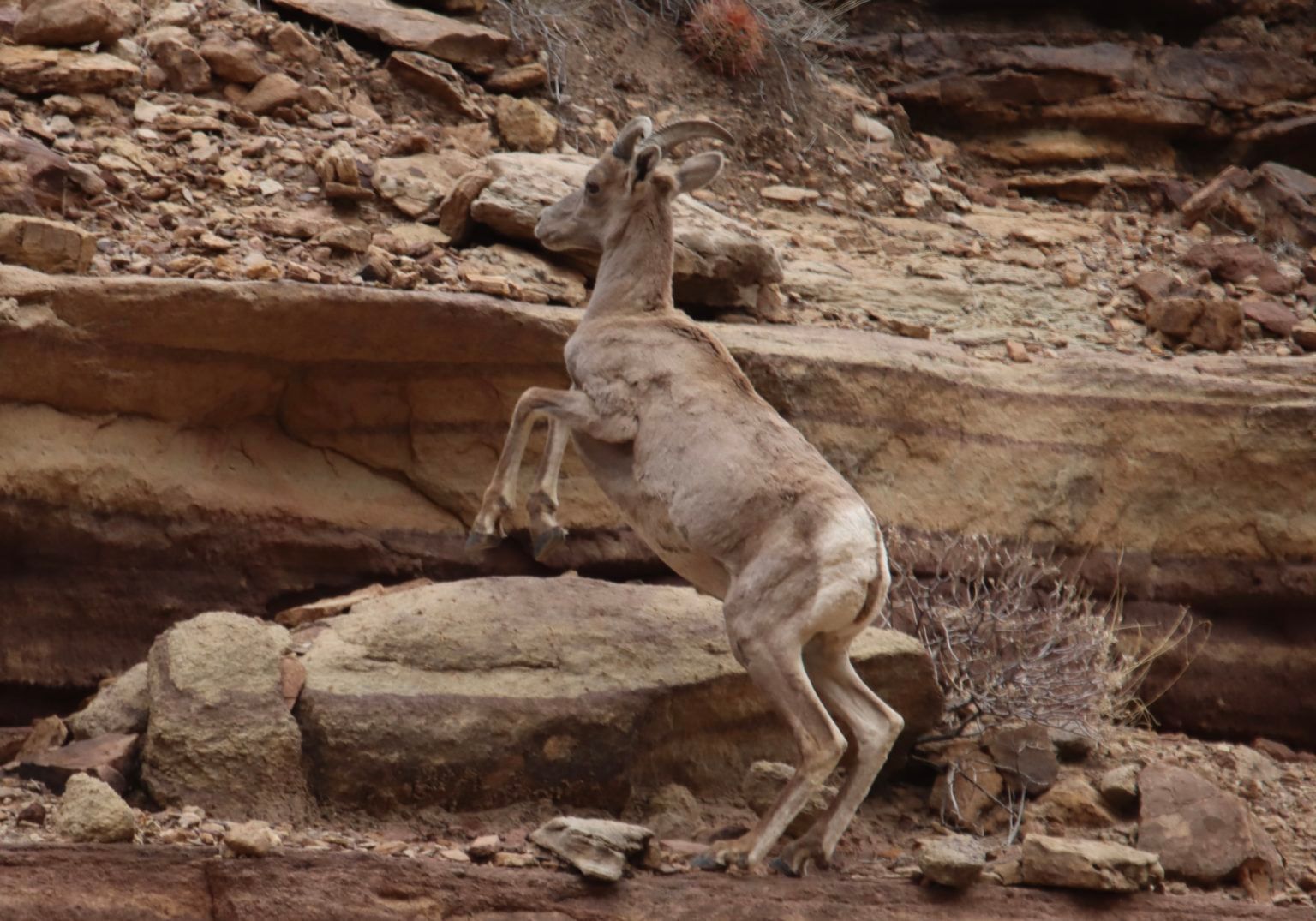
Behavior and Diet
- Lifespan of 10-15 years
- Travel in small, isolated groups of 8-10 sheep. (Some groups recorded have been bigger, including up to 100+ sheep)
- Migrate seasonally. They stay in sheltered valleys in the winter and upland areas in the summer.
- Herds consist of groups of bachelors, or females and lambs. During mating season these groups can mix.
- Bighorn Sheep are active during the day.
- They perspire and pant!
- Bighorn sheep have horizontal pupils, giving them a shorter, more wide panoramic view than what humans see.
- Two-part feet – with soft inside and hard outer parts, this means they can grip and climb with better traction.
- They have a 9-stage digestive process and are considered grazers
- Their diet consists of grasses, sedges, forbs, twigs, leaves, and shoots.

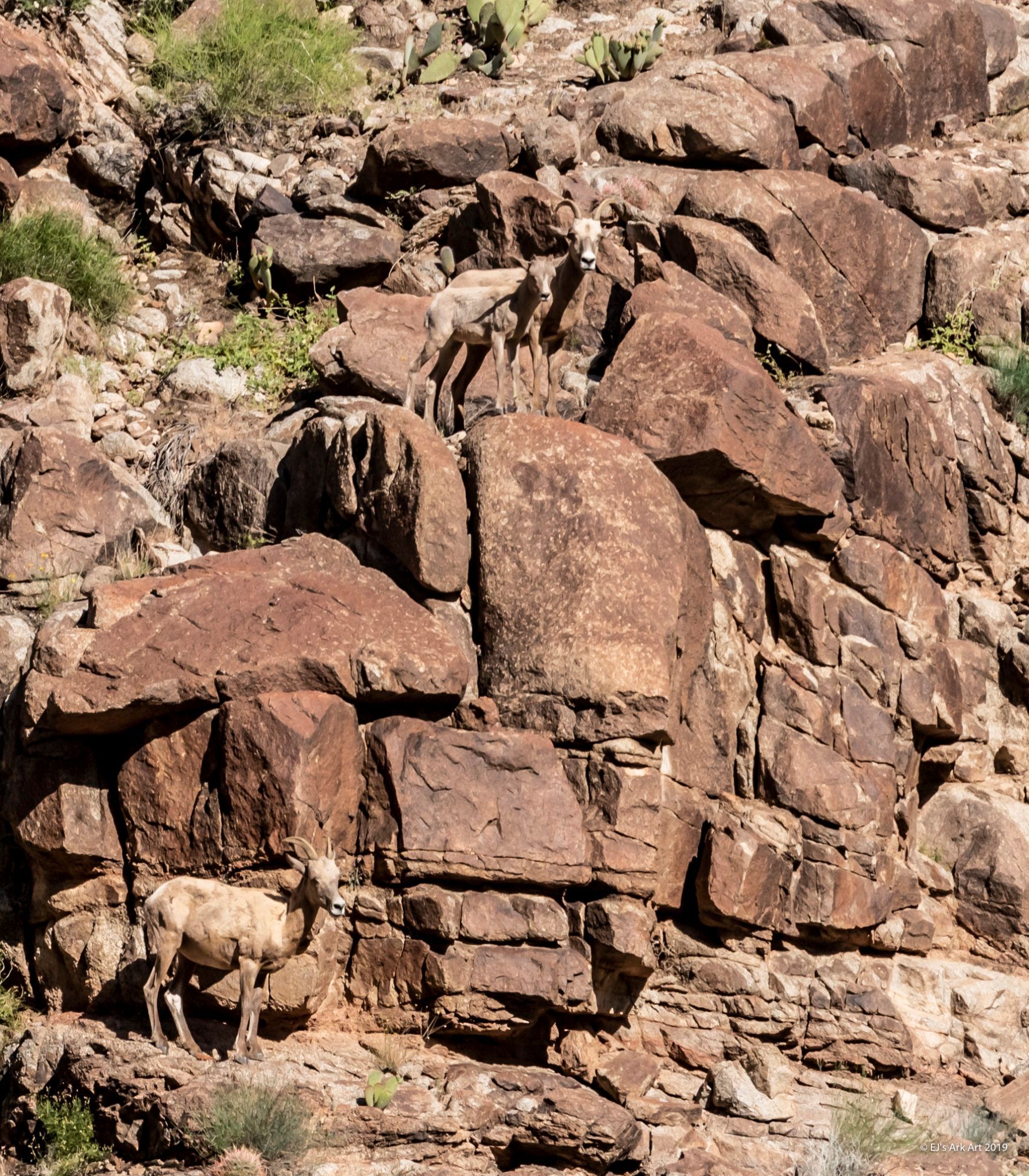
Reproduction
- Males engage in a battle to win the rights to mating. They run at each other at speeds of up to 40 mph to win this right.
- Rutting season is usually November-December, and Ewes have a gestation period of 180 days.
- Ewes usually give birth to 1-2 young.
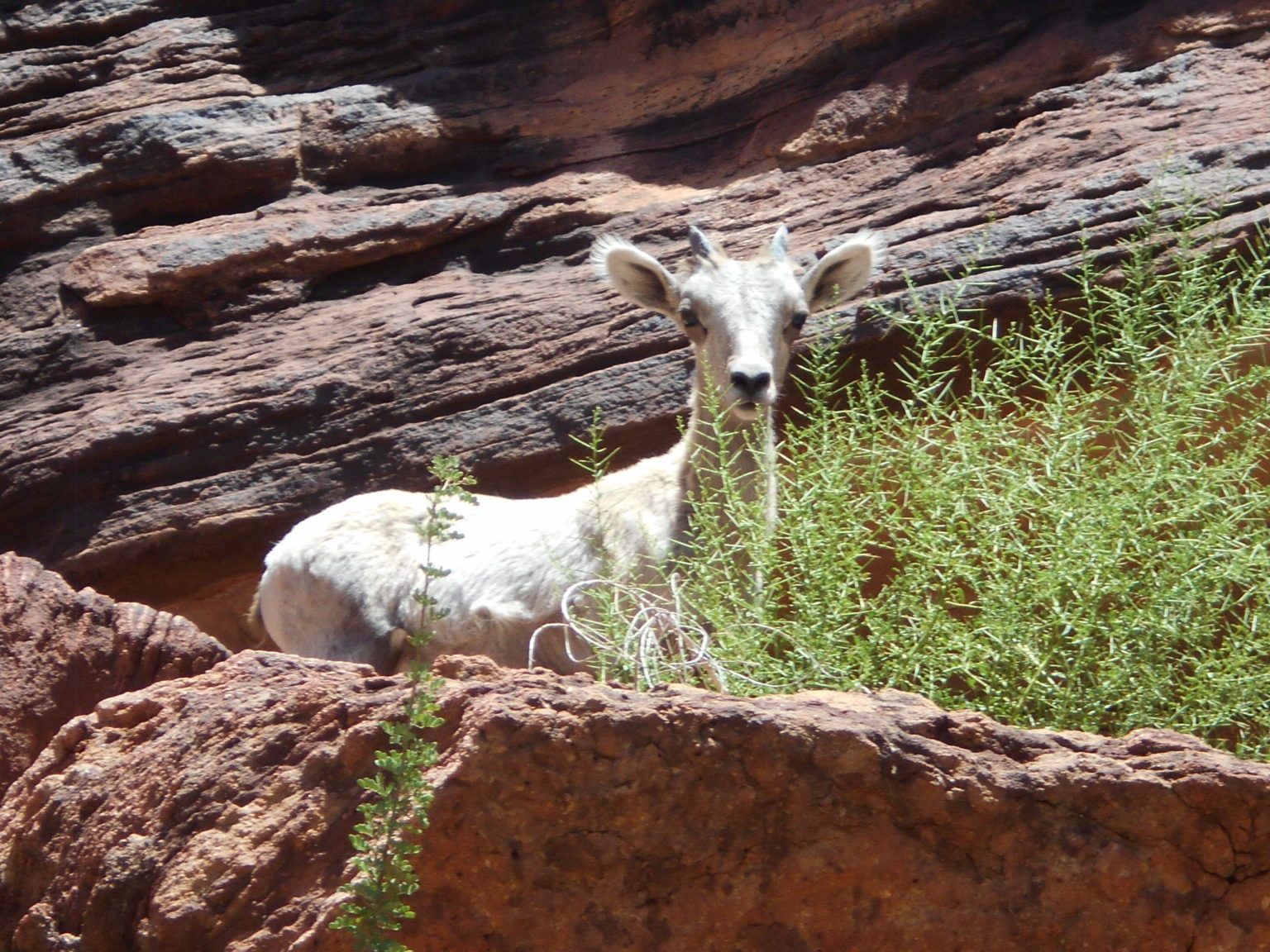
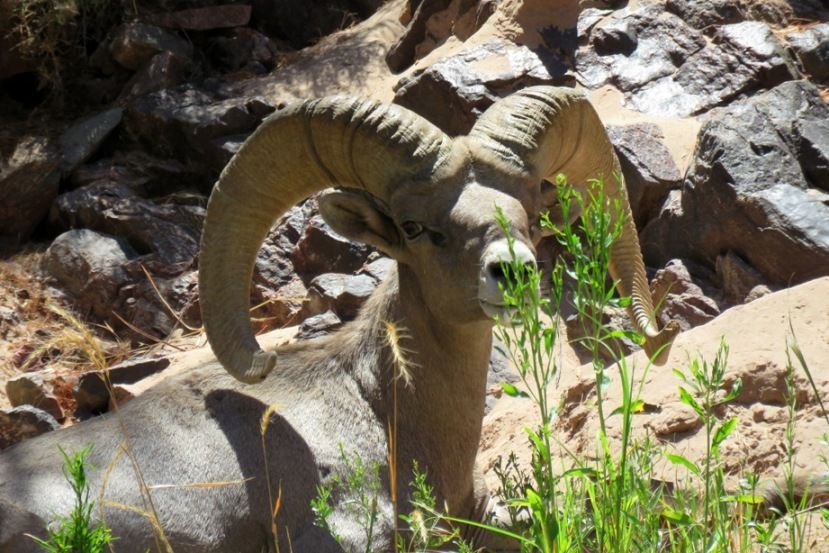
For more information about these beautiful creatures, you can visit our old blog “The Desert Bighorn – Rams” written in 2016.


